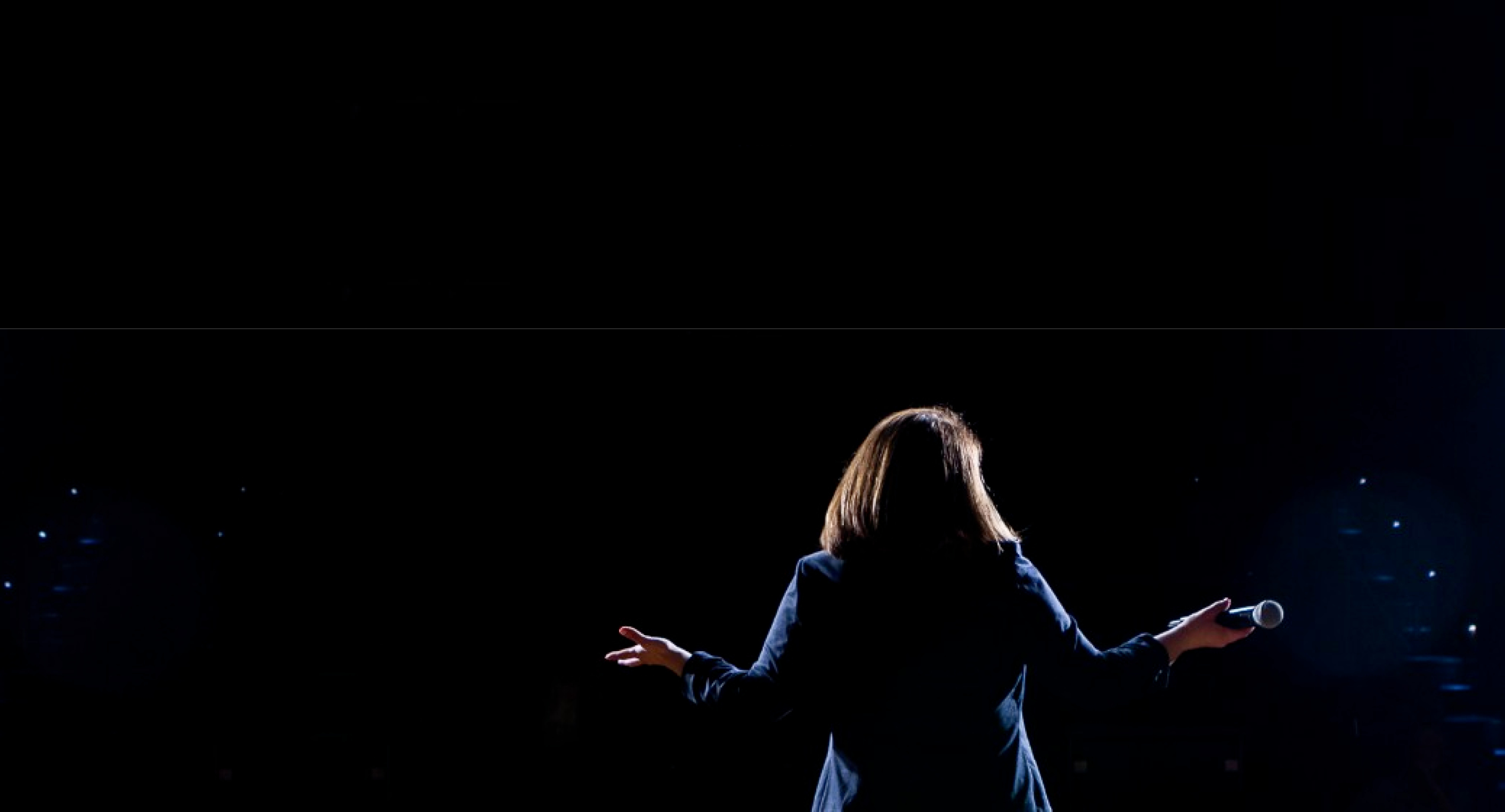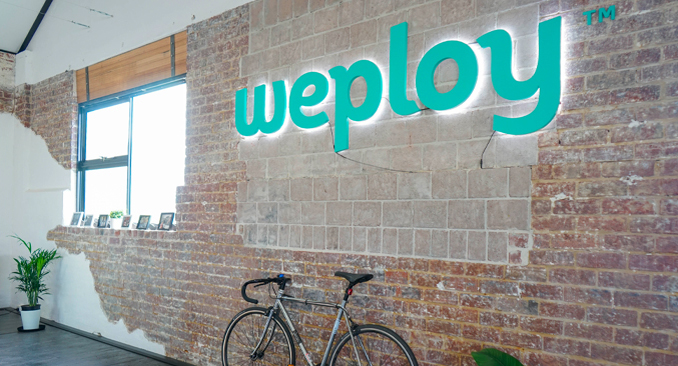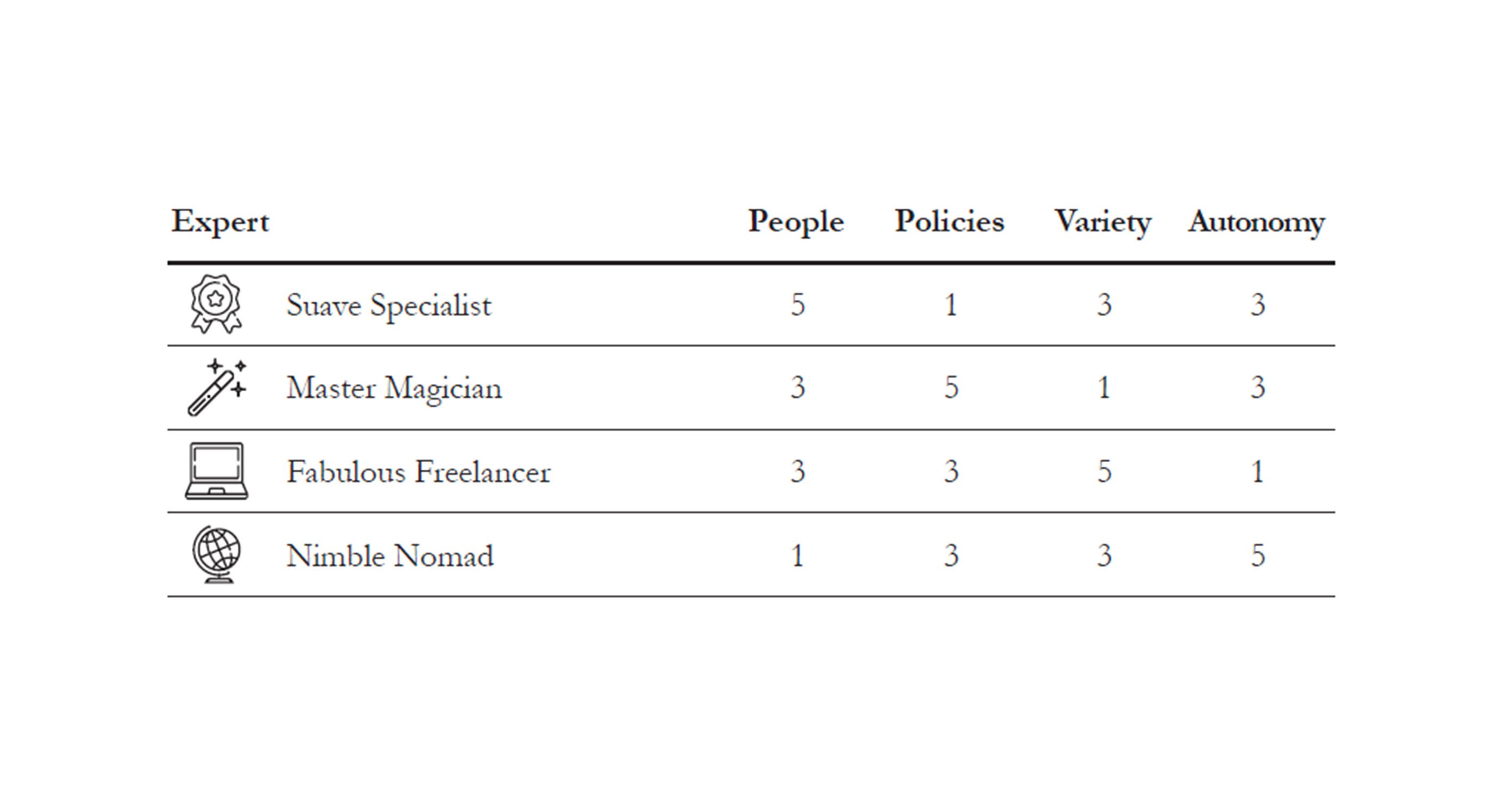Balancing CX and EX so that Everyone Thrives

Salesforce, Google, Atlassian. It’s no accident that some of the World’s most successful companies with the highest revenues, are also voted amongst the top places to work at employee review sites.
A trend Megan has noted in many of the businesses she works with these days is very sophisticated Customer Experience programmes, often led by the Customer Service leaders, or even the C-Suites, running alongside Employee Experience initiatives sitting within Human Resources. “The more time I spent with HR teams, the more I understood the metrics they were looking at, and the business cases they were making for their Employee Experience activities were one and the same as the Customer Experience goals.”
Analysing traditional HR and retention metrics is all well and good, but nobody seemed to be extending these to the subsequent effects on Customer Experience. Factors like high churn rates, poor engagement and employee burnout, have a direct impact on customers which strengthens the argument about why companies today should be balancing BOTH.
Poor Employee Satisfaction equals poor Customer Satisfaction, which affects growth and revenue, and here’s why.
What is Burnout?
Often dismiised as “millenial entitlement” - burnout is real and cannot be ignored. To some extent, you know it when you see it. It’s a combination of symptoms, which can include but are not limited to: fatigue, forgetfullness, depression, not being able to sleep/ oversleeping, a feeling of dread on Sunday nights. It causes otherwise A-grade employees to miss essential details, feel overwhelmed and overloaded. Burntout customer service team members are at risk of tapping out, becoming disengaged and depressed.
Why are Customer Service Team Members at risk of Burnout?
The term ‘burnout’ has risen in public consciousness because it is tied to wider social trends at play. Today’s ‘Always-on’ culture, as well as constant connectivity, sets an expectation for people to be available 24/7. Coupled with this, or because of this, customer expectations are rising. It has become normal to expect a response at all hours of the day, and depending on the channel, within minutes. The pressure to get it right is peaking - single social media responses from huge brands like Woolworths, Marks and Spencer and Vodafone have gone viral, making customer service team members feel they are under a microscope. This constant connectivity and pressure cooker environment is a recipe for good customer service results. It’s more important than ever for Customer Service leaders to manage their service their teams are able to provide - of course, the customer comes first and enquiries must be responded to, but if it comes across as stressed out, short or snappy - the effects to the wider business could be potentially catastrophic.
What Should We Be Looking For to Spot Burnout?
Everyone has a different set of symptoms and varying thresholds or sensitivity to what may trigger it. Certain cultural differences may change the signs workplace to workplace and from one industry to the next. Travelling lots may be a trigger for some people to start experiencing the symptoms, or it may help others to feel inspired and energised.
Generally, Megan warns that when people are spread too thinly, the risks increase. Signs like regularly replying to emails at all times of the night may be a warning that staff are struggling to find the time to execute the tasks required in their jobs. Working from home a lot, if they didn’t used to before could be a sign that someone is beginning to tap out.
What are the Effects on the Customer?
In short, burnout loses customers. Customer Service staff members are helpful and passionate by nature. Often, they are people pleasers motivated to find solutions for everyone else’s problems, but this can lead to stressful, high pressure environments and can cause negative results on performance. In a Customer Facing role for example, Megan reminds us, there is a big difference between customers being listened to, and customers feeling like they are being listened to. Tired, short or unenthusiastic responses, or a lack of reply may be interpreted as not being listened to; even if that’s not the case. Burnout leads to our vision and memory blurring, so the ability to problem solve, or remember the details or insight from previous instances get forgotten. All this means the customer doesn’t get the solution they are looking for.
In roles that are not specifically customer facing, the symptoms of burnout have a ripple effect. Their relationships and internal emotional states all impacts the office environment, and of course, the more senior, the bigger the impact on the wider team, which in turn, affects the customers.
What Should Customer Service Leaders be doing to Help?
Individual supervisors need to know the warning signs, and be proactive about setting up healthy working environments, in order to stay on top of the risks before they escalate into catastrophe. Many companies are already offering wellness programmes which enable access to alternative therapies, massage and other wellness initiatives, which are great if they are taken advantage of.
Ensuring boundaries are set and expectations of all team members are managed. Having adequate support for team members is critical too, especially when workloads increase. At times like this, leveraging the support of a pool of contingent staff is a wise strategy. Pre-vetted and work ready, hiring a Weployee to help manage inbound enquiry volumes will protect the wellness of core team members and prevent the risk of burnout or churn.
What are The Solutions For Burnout?
- Sleep is a cornerstone habit. Megan reminds us that many of the world’s most successful CEOs and biggest sports players have Sleep Coaches, which is a signal of the importance of sleep.
- Ensure the headcount in your customer service office matches the size of the community they are servicing. To find out if your team is the right size, book a chat with one of our Customer Experience experts now
3. Look after each other. Get to know you team members, what they need and what they don’t need. Notice changes in behaviour that may be a warning signals of burnout.
4. Get comfortable with prioritising your work, and push back if you need to - the world won’t fall apart!
5. Flexible working hours are great, but ensure you’re setting boundaries, and that people know when to expect a response from you.
The Customer is Always Right... Right?
Right! But this must be reconciled with Employee Experience and things like work/life balance. Customer Service leaders today must recognise that Customer and Employee Experience exist in a natural tension and need to be balanced. For any team, there will need to be trade-offs. But these two priorities are equally as important as each other in achieving the overall business targets. If leadership teams are transparent about the initiatives taken to keep these two priorities in check, they are setting up their business so that everyone can thrive.

You read about it in the blogs, hear about it from a friend of a friend and see it in the news, but when push came to shove and we needed to raise some money for our start up, we had no idea what the “correct” way of doing it was. So for us, we decided to do what we knew best - Hustle.

As a sector with huge influence in shaping the infrastructure of the world around us and designing algorithms embedded in our everyday lives, STEM (Science, Technology, Engineering and Mathematics) has a disconcertingly under represented proportion of women. In the US, 24.24% of STEM graduates are women and 24.61% of the Tech workforce are women. Just 23.66% of Australian STEM grads are women and 28% of the Tech workforce are women. UK statistics are worse. The gender pay gap for workers in Tech in Australia is 20%. The issue is not new, but the statistics remain problematic. There is a growing body of evidence to suggest the idea that girls are genetically pre-dispositioned to have less of an interest in these fields is simply a myth - Hayaatun Sillem, CEO of the Royal College of Engineering points out that in countries like Malaysia and Oman, the engineering workforce is 50% female. The visibility of the Gender issue in these fields has skyrocketed however, and as the power of women in tech rises, so does their responsibility to lead change from within. Read on for our roundup of 5 of the most influential women in tech from the 19th Century, up to now.

The future of work is right here, right now. Technology is changing the nature of work every single day. Whilst your personal preference may be to have an ‘expert’ type of role, as a gigster, a person who uses technology to help you get gigs, there are some indicative Gigster Types that will match your values, strengths and context (the variables specific to your personal circumstances, location or industry).
Streamline your hiring
Business support staff with no hidden fees. Start hiring anytime.
